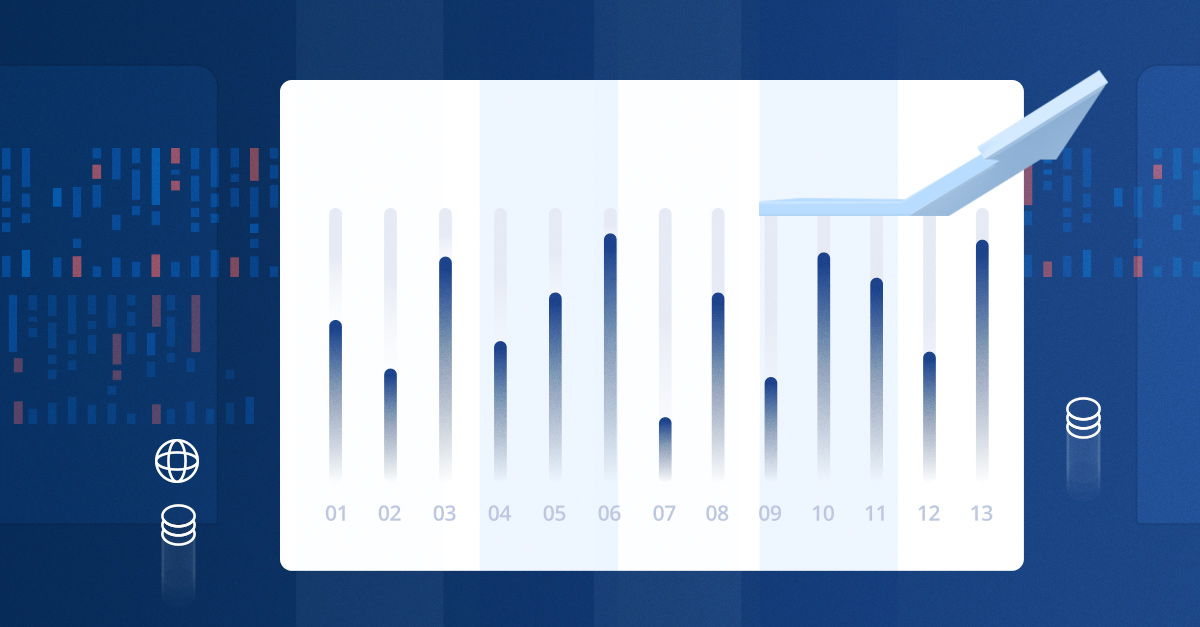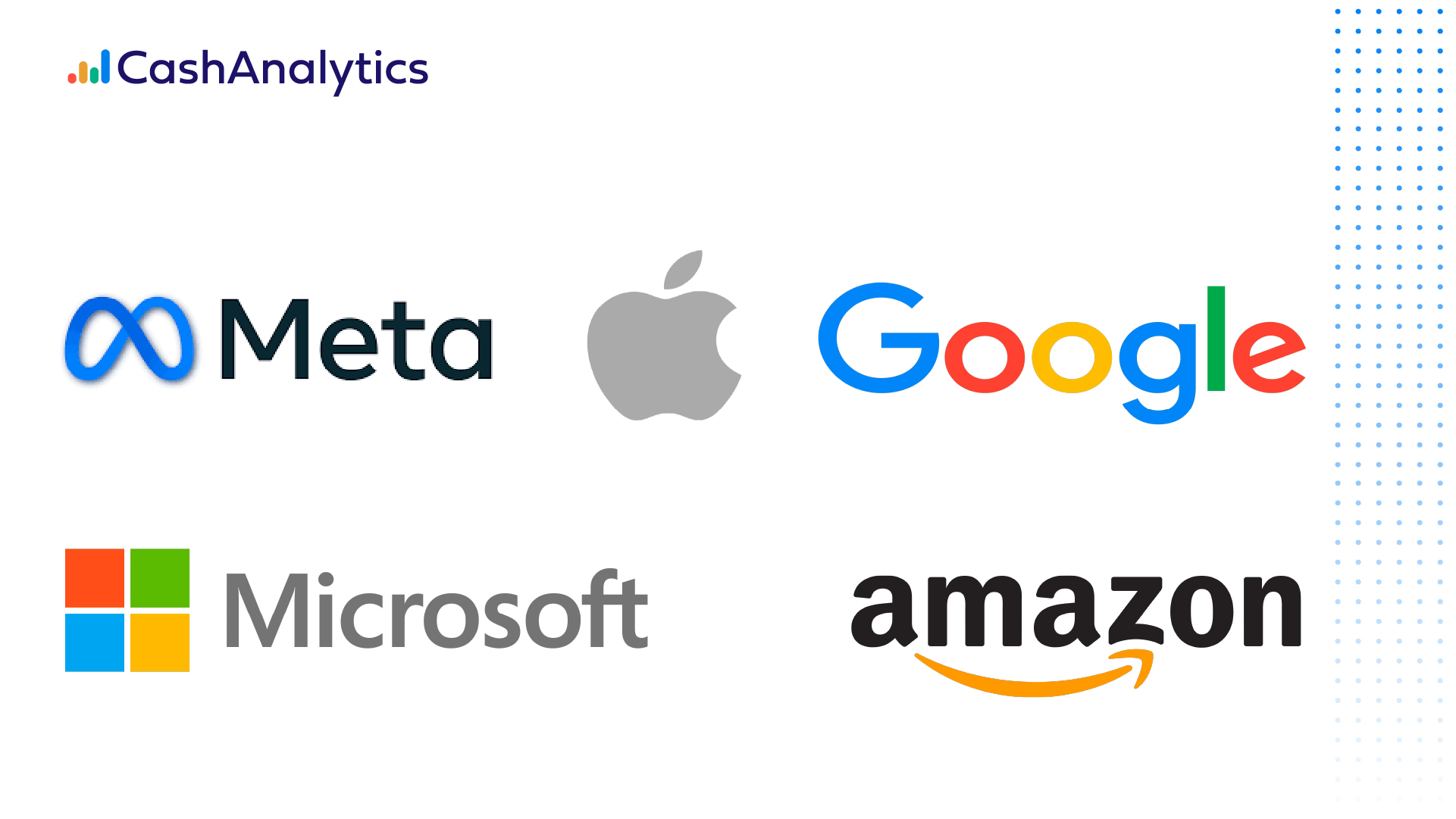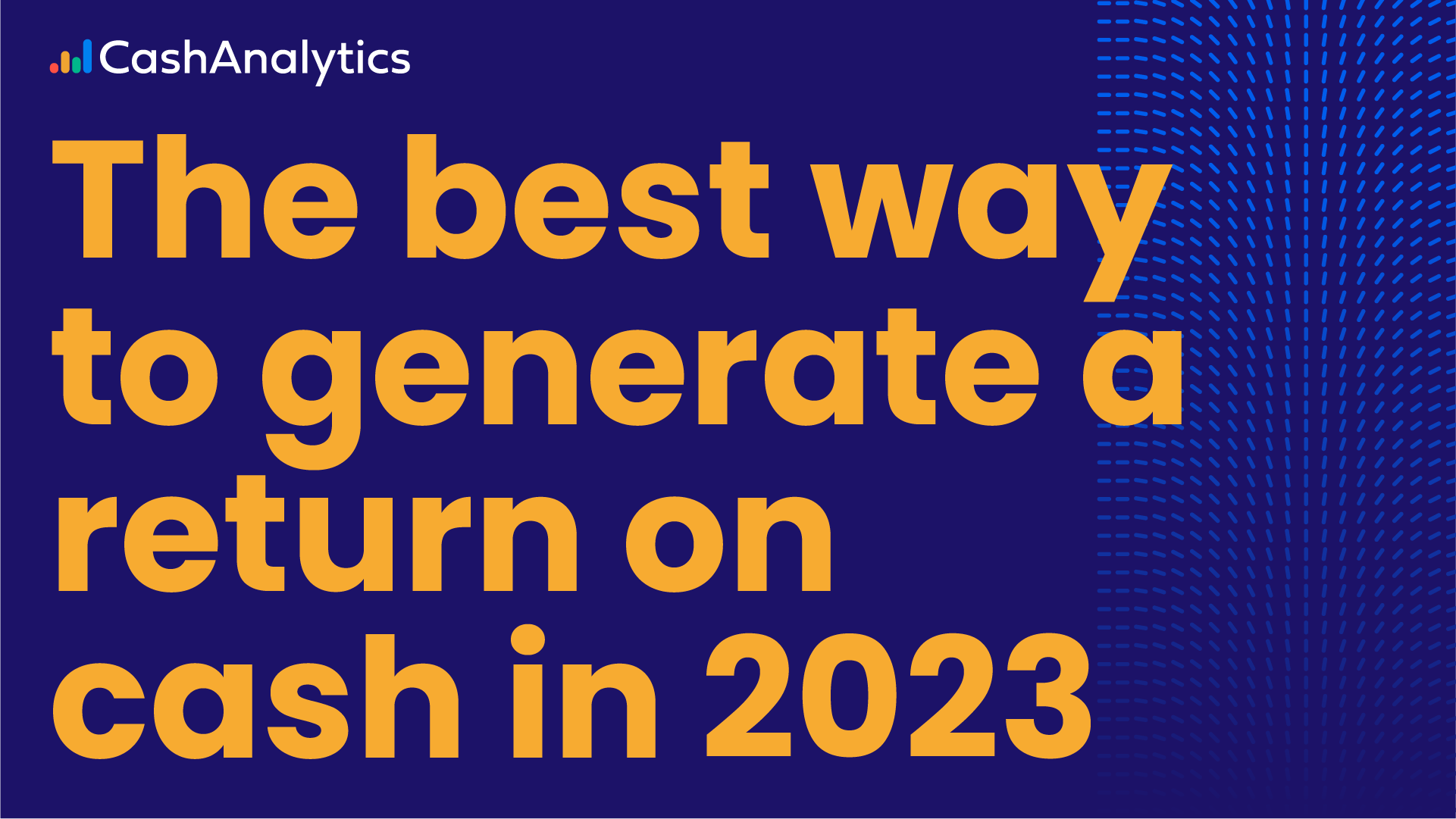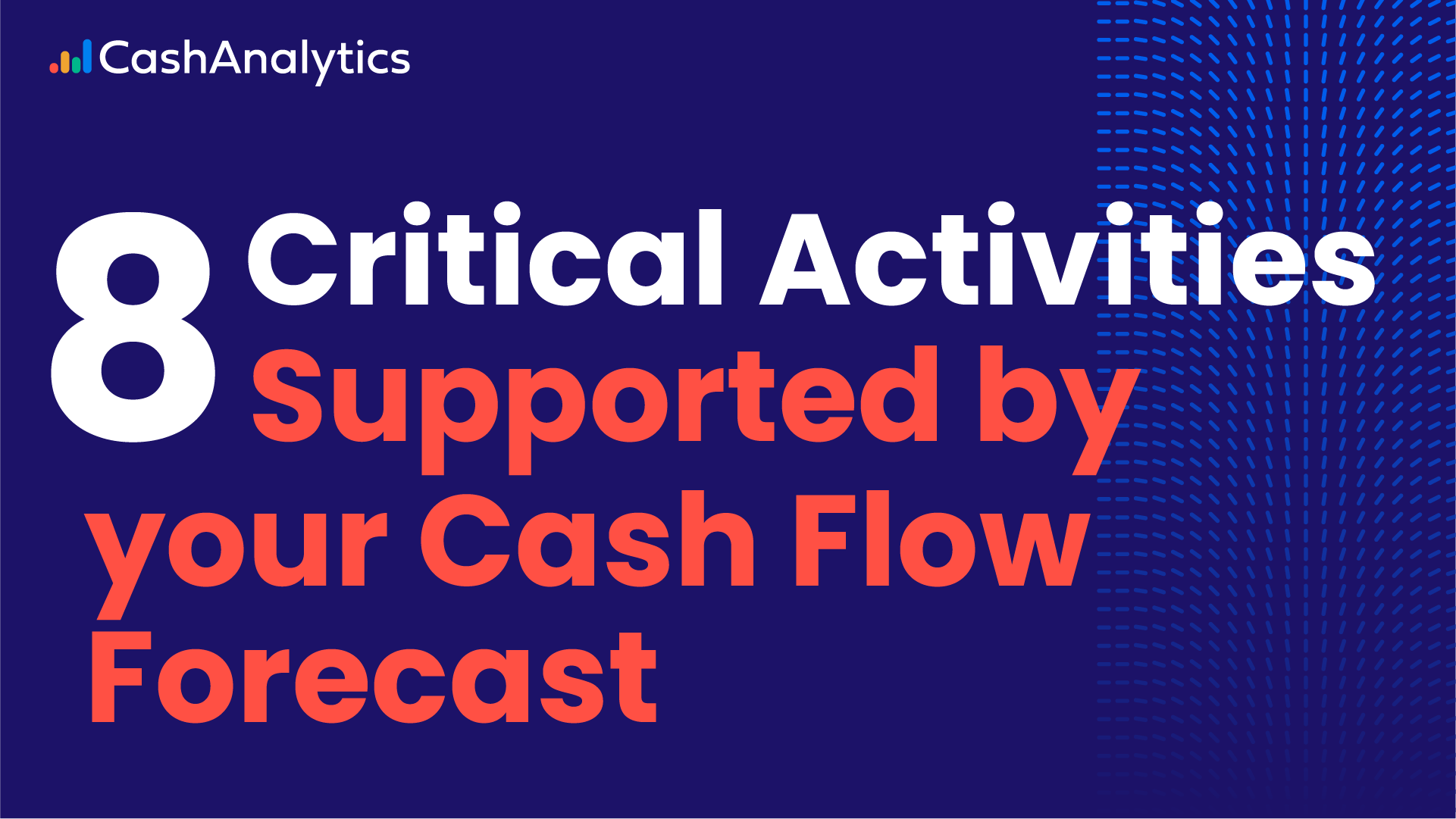
The COVID-19 pandemic highlighted (often painfully) the importance of strong liquidity risk management practices. With major disruptions in global supply chains, cash management transformed from an important objective to a top priority for treasurers as well as executives overnight.
However, this newfound interest in liquidity is unlikely to wane anytime soon. As Accenture explained in a recent report, the pandemic has “long-lasting implications for how people work and how supply chains function.” And as a result, an effective “long-term, risk response will need to become an integral part of business-as-usual protocols” in order to ensure your organization’s success in future times of crisis.
As most treasurers know, cash flow forecasting is an integral part of their business’s liquidity risk management process. Unfortunately, cash flow forecasting often gets a bad rep due to the amount of time it takes to execute it and the questionable insights it often produces.
To help you improve the reliability of your forecasts and reduce the time required to generate them, we’ve compiled a list of the cash forecasting best practices we recommend adopting.
1. Adopt a Data-Driven Cash Flow Forecasting Process
We’re the first to admit that being “data-driven” is a bit of a cliché in today’s business world. But it’s very difficult to improve liquidity management without using your business’s actual transaction data.
It is important to note, however, that a data-driven forecasting process is not about creating a perfectly accurate report — it’s about leveraging your data to understand your business.
Many treasurers often spend hours (and even days) collecting and manipulating their data in an effort to achieve a perfectly accurate forecast. But the reality is, 100% accuracy is notoriously difficult to achieve and isn’t necessary if a less accurate report would provide the same insights with less work.
So to become more data-driven, focus on finding ways to glean useful insights from your data instead of trying to build the most accurate forecast possible.
If data-driven forecasting is something your business is working towards, we recently recorded a webinar with TMI that goes into greater detail on how to build a data-driven cash flow forecasting process. Watch the replay here to learn which data sources you should use and how to know if your forecasting process is data-driven.
2. Automate Cash Flow Data Collection
Many organizations use spreadsheets to manage their forecasting process. But while spreadsheets are a tool few treasurers could operate without, forecasting automation is better suited to help businesses build a data-driven forecasting process.
First and foremost, since spreadsheet-based forecasting requires you to collect and transform by hand, there is more room for human error. As a result, treasurers often second guess what their forecasts are telling them and need more time to confirm if what they learned was accurate.
However, many businesses we engage who use spreadsheets also tell us they spend 80% of their time simply building their reports. As a result, they have little time to analyze them in order to learn about their business.
Forecasting automation can solve both these problems. Since automation pulls data directly from your ERP or banking systems, it reduces the amount of work required to build a forecast and all but eliminates the opportunity for errors.
As a result, you have more time for analysis and more confidence that what you learn from the analysis is reliable.
For example, Peak Toolworks used our platform to automate their cash flow forecasting process and saved hundreds of hours each year while also improving the reliability of their reports:
“Our process has improved dramatically, and we have a cash forecast complete by the end of the first business day of the week, versus the 4th day, and we are 100% sure of the accuracy.”
— Ben Stilwell, CFO, Peak Toolworks
3. Use a 13-Week Forecasting Period
Generally speaking, the further into the future the forecast looks, the less data there is available to produce a detailed, accurate projection of your cash position. For this reason, most data-driven treasurers use 13-week cash flow forecasts because there’s usually enough data for short-term accuracy and enough future visibility to enable strategic decision-making.
A 13-week forecast is also ideal because:
- It provides ideal visibility for assessing liquidity risk. Since there’s usually enough data to provide an accurate view into the weeks ahead, 13-week forecasts help you identify and plan for cash shortages before they become urgent. For example, with a 13-week forecast, you could identify a potential shortage several months before it would occur, providing your treasury team with sufficient time to arrange bank funding or review intercompany lending options.
- It helps you manage cash without impacting long-term planning. Longer-term planning such as revenue increases or expense reduction may extend years into the future. Using a 13-week forecast lets you plan for cash requirements on a medium-term basis without impacting those plans. For example, with a 13-week forecast, you plan for debt repayments or short-term investments without impacting annual budgeting.
- It’s suitable for banks and investors. Because the 13-week time period typically provides enough data to be accurate, it’s a key measure of good financial control from a bank’s or an investor’s perspective. So, depending on the ownership structure, debts, relationships, or investment status of your company, using a 13-week forecast could help demonstrate your business’s financial health.
To help companies maximize the value of their 13-week cash forecasts, we built a guide that provides an overview of how to set one up from a best practice standpoint — download the guide here.
4. Use a Rolling Forecast
Aberdeen and IBM found that rolling forecasts improve the accuracy of forecasted and budgeted revenue by roughly 14% when compared to the static forecasting and budgeting process many organizations use. More important than accuracy, however, is the fact that rolling forecasts provide businesses with greater agility — something research from McKinsey shows increases financial performance by 20-30% on average.
For example, if product demand suddenly decreases, a static forecast would preclude you from adjusting it to accommodate those changes until the next forecasting period. As a result, you’d have a harder time understanding how lost revenue might affect your ability to pay suppliers.
A rolling forecast, on the other hand, would provide you with a more accurate view of your cash, which would make it easier to optimize the timing of any spending you had planned (or financing you may need to secure to cover your expenses).
Perhaps unsurprisingly, a 2020 survey of financial professionals by the Association of Financial Professionals found that most of those in the survey intend to adopt rolling forecasts in the near future.
For more information on how to build a rolling forecast, we wrote an article explaining the process here.
Real-Time Visibility Empowers Better Decision-Making
As PwC highlighted in their 20/21 Working Capital Study, “real-time bottom-up transparency is necessary” to adequately manage liquidity risks. However, that kind of transparency is extremely time-consuming for most businesses to achieve with spreadsheets due to the multitudes of data they have to collect and manipulate by hand simply to build their forecasts.
As a result, many major research and consulting firms like Accenture and Deloitte now recommend moving away from historical models and moving toward analytics platforms and automation for risk management.



